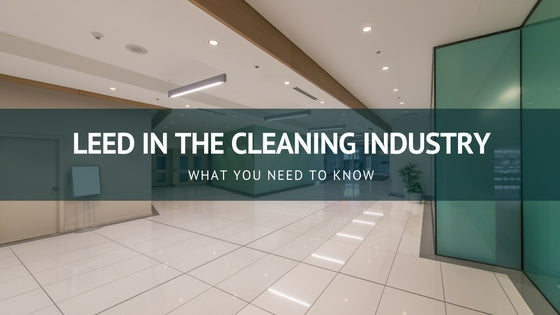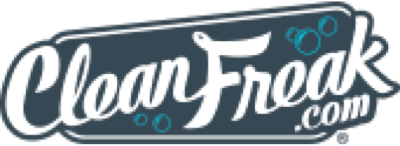
LEED in the Cleaning Industry
As the demand to “go green” grows, many companies are meeting or even exceeding this demand by making sure their factories and locations are LEED certified. Currently there are more than 1,755 LEED certified industrial facilities worldwide, totaling almost 500 million square feet. This number will continue to grow at rapid rates over the next few years.
What does LEED mean?
 LEED stands for: Leadership in Energy and Environmental Design and was established by the United States Green Building Council. It’s a global rating system that verifies the features and effectiveness of green buildings. Buildings earn points to achieve either Certified, Silver, Gold or Platinum levels.
LEED stands for: Leadership in Energy and Environmental Design and was established by the United States Green Building Council. It’s a global rating system that verifies the features and effectiveness of green buildings. Buildings earn points to achieve either Certified, Silver, Gold or Platinum levels.
Why would a facility find it appealing to be LEED certified? Mainly because green manufacturing is a huge cost saver over time. Currently US manufacturing is responsible for 30 percent of the nation’s total energy consumption, by becoming LEED certified, these manufactures will largely save on resources and materials from being more efficient. Green buildings also positively impact the health and safety of the workers and nearby residents, which is also a huge benefit.
LEED in the Cleaning Industry
This increase in green facilities is also requiring an increase in the amount of LEED compliant products on the market. Products must meet certain levels of efficiency and are required to conform with LEED compliance. For example, LEED compliant vacuums must meet or exceed Carpet and Rug Institute (CRI) requirements for efficiency, have noise levels of less than 70 decibels, and must have HEPA or high filtration systems to maintain indoor air quality.
Most of the green facilities have also implemented low-impact environmental cleaning policies to attain an additional LEED credit. The requirements are as follows:
- Sustainable cleaning systems must be in place.
- Sustainable cleaning products must be used.
- Chemical concentrates and proper dilution systems must be used.
- Proper training of maintenance personnel in the use, maintenance, hazards and disposal of cleaning chemicals and equipment.
- Hand soaps must not contain antimicrobial agents, except where required by health codes and other regulations.
- Cleaning equipment that reduces negative impacts on indoor air quality must be used.
Green cleaning products and supplies must be used by in-house cleaning staff as well as any third party service provider. Everything from equipment to trash bags need to be approved sustainable products. These requirements can be met by assuring your equipment is LEED compliant or qualified and your supplies meet Green Seal Standards.
Do you have any comments about cleaning for LEED buildings? Let us know in the comments below!

 Protect & Save with SuperFreak.
Protect & Save with SuperFreak.


